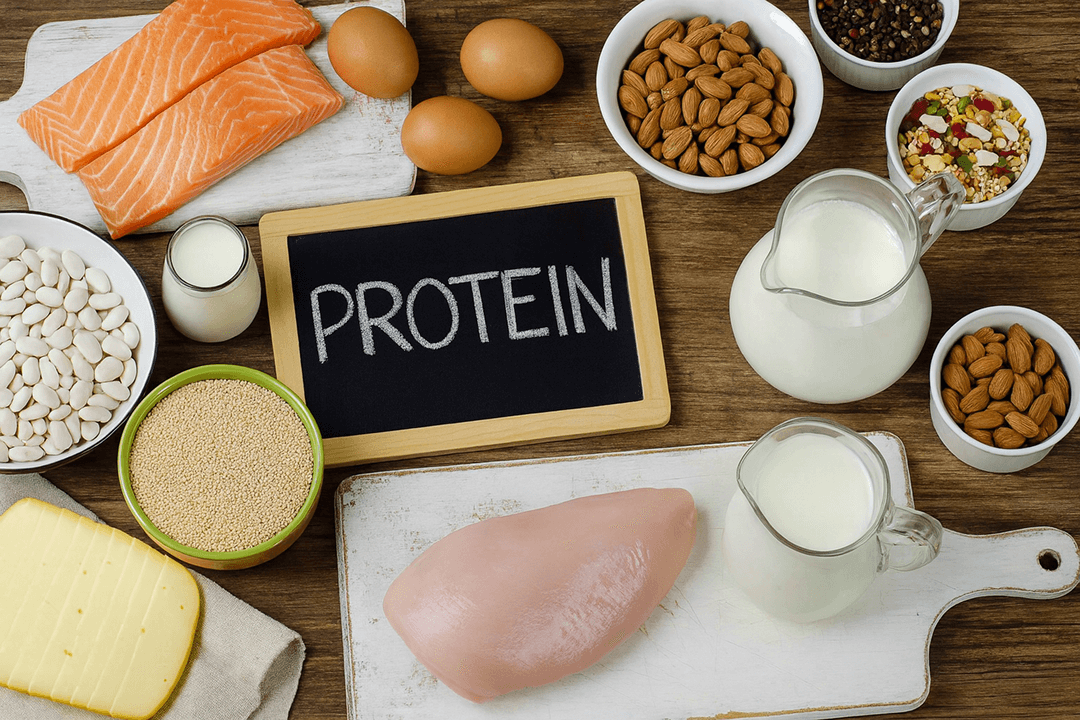Walk through any supermarket in 2025 and you’ll see it: protein everywhere. From bread to ice cream, the “high protein” label has become a selling point that crosses categories and continents. But behind that simple claim lies a complex patchwork of regulations — and a growing wave of scrutiny. The question regulators, manufacturers, and consumers alike are now asking is: how much protein is really enough to make the claim?

A complete and filterable report with global regulations on gluten— including content limits, labeling requirements, age restrictions, and country-specific rules — is available to paid users of the SGS Digicomply Global Ingredient Monitor. Feel free to explore the Global Ingredient Monitor demo and try this tool in action.
What Is Protein?
Protein is one of the three essential macronutrients, alongside fat and carbohydrates, and it plays a central role in building and repairing body tissues. Chemically, proteins are chains of amino acids, some of which are “essential,” meaning the human body cannot produce them and must obtain them from food. Beyond muscle maintenance, protein supports enzymes, hormones, and immune function, making it a cornerstone of human nutrition.
How Protein Is Used in Food and Beverage Production
In the food and beverage industry, protein serves both nutritional and functional purposes. Nutritionally, it is added to products to help meet dietary demands and to allow manufacturers to market items as “high in protein.” Functionally, proteins influence texture, flavor, solubility, and shelf life. For example, whey protein is used in shakes for its solubility and amino acid profile, while soy or pea protein is added to plant-based products for structure and mouthfeel. In bakery, dairy, sports nutrition, and beverages, protein fortification has become a global trend, driving innovation but also attracting regulatory scrutiny over labeling and claims.
The Codex Foundation
The global reference point remains the Codex Alimentarius Guidelines for Nutrition Claims. Codex sets the baseline:
-
“Source of protein” requires about 5 g protein per 100 g of food (≥10% of the Nutrient Reference Value).
-
“High in protein” doubles that requirement, typically 10 g per 100 g.
Many countries mirror these numbers, but few stop there. Regional differences in thresholds, calculations, and even whether protein quality is considered create a challenging compliance landscape.
Europe: Protein by Energy
In the EU, it’s not about grams but calories. To qualify:
-
Source of protein = at least 12% of energy from protein.
-
High in protein = at least 20% of energy from protein.
This approach means a light snack bar might qualify with just a few grams, while an energy-dense product like chocolate would need far more to make the same claim. The result: brands must carefully balance formulation with claim strategy.
United States: Quantity Meets Quality
In the U.S., the FDA uses the “% Daily Value” system:
-
Good source = 10–19% DV (5–9 g protein per serving).
-
Excellent source / High in protein = ≥20% DV (≥10 g protein per serving).
But there’s a twist: protein quality matters. Using PDCAAS (Protein Digestibility Corrected Amino Acid Score), the FDA adjusts protein grams based on amino acid profile and digestibility. That’s why recent lawsuits have targeted brands overstating “20 g protein” when, after PDCAAS correction, the usable protein fell short. In 2025, ignoring quality isn’t just sloppy — it’s risky.
Canada: The Protein Rating
Canada goes further, requiring a protein rating based on both amount and quality:
-
Source = rating ≥20.
-
Excellent source = rating ≥40.
Historically based on the Protein Efficiency Ratio, Canada now also accepts PDCAAS. For plant-based brands, this means fortification with limiting amino acids isn’t optional if they want to keep protein claims on-pack.
Australia & New Zealand: The Straightforward Approach
FSANZ keeps it simple:
-
Source = ≥5 g protein per serving.
-
Good source (High) = ≥10 g protein per serving.
Here, quality isn’t factored — but enforcement is strict. Imported products labeled “high protein” without 10 g per serve have been stickered over or relabeled at customs.
China and Asia: Codex Alignment, Local Enforcement
China aligns closely with Codex:
-
Source = ≥6 g protein per 100 g.
-
High protein = ≥12 g per 100 g.
Authorities have begun cracking down: in 2025, a soy milk brand marketed as “high protein” was fined for failing to meet the threshold. Other Asian markets, like Korea, use similar Codex-derived rules, while Japan focuses on nutrient function claims rather than simple content claims.
A Rising Tide of Scrutiny
Across markets, one theme dominates: claims are being tested like never before.
-
In the U.S., lawsuits highlight the gap between protein quantity and usable quality.
-
In Europe, advertising authorities pull up brands using “high protein” too loosely.
-
In Canada, plant-based products struggle to meet ratings without reformulation.
-
In Asia, regulators demand strict truth in labeling.
For food companies, this means the days of casually adding a few grams of powder and calling it “protein-packed” are over. The science, the math, and the law must align.
Why It Matters
Protein isn’t just another nutrient; it’s tied to core health outcomes and consumer trust. Mislabeling undermines credibility not only of individual brands but of the entire “better-for-you” sector. In 2025, protein claims have shifted from a marketing tool to a compliance risk — and regulators show no signs of relaxing.
Monitoring the Global Landscape
Staying compliant requires constant visibility into shifting standards, enforcement trends, and cross-border trade implications. That’s where tools like SGS Digicomply’s Global Ingredient Monitor become indispensable. By consolidating government data, regulatory updates, and compliance thresholds worldwide, the platform helps QA, regulatory, and R&D teams track protein requirements in real time. In a world where “how much is enough” is under constant debate, having a global view isn’t optional — it’s essential.





.webp?width=1644&height=1254&name=Food%20Safety%20Dashboard%201%20(1).webp)
